How to Adjust Car Mirrors
Part 1 of 2:
Adjusting Your Wing Mirrors
-
 Make sure you are sitting in the driver's seat. Mirrors reflect light. This means that what you see will be different depending on what perspective you are looking from. Once you're sitting in the driver's seat, you'll be almost set to start adjusting your mirrors.[1]
Make sure you are sitting in the driver's seat. Mirrors reflect light. This means that what you see will be different depending on what perspective you are looking from. Once you're sitting in the driver's seat, you'll be almost set to start adjusting your mirrors.[1] -
 Move your seat so you are at a comfortable height and depth. This will also have an impact on what you see when you look into your mirrors. Position your seat so you feel like your feet are gently resting on the pedals and that you can comfortably see over the front of the car.[2]
Move your seat so you are at a comfortable height and depth. This will also have an impact on what you see when you look into your mirrors. Position your seat so you feel like your feet are gently resting on the pedals and that you can comfortably see over the front of the car.[2]- Check that you can comfortably reach the gear stick and steering wheel.
- Use a cushion to increase your height if you are particularly short and cannot see over the front of the car.
-
 Use buttons to move electronically adjusted mirrors. As technologies have progressed, the physical method by which you change the angle of your mirrors has changed dramatically. In modern cars, many systems have been switched to electronic movement.
Use buttons to move electronically adjusted mirrors. As technologies have progressed, the physical method by which you change the angle of your mirrors has changed dramatically. In modern cars, many systems have been switched to electronic movement.- The buttons for this will normally be located just to the right of the steering wheel and will have four arrows on them indicating the direction of movement for the mirror.
- There will also usually be a left/right control switch to choose which mirror to move.
- If you can't seem to find the controls, head online and check as some can be hidden away in unusual places.[3]
-
 Use your hand to adjust manual mirrors. Most older cars will still have their mirrors adjusted by hand. The way this works is usually quite simple, you will simply push the mirror into whatever position you like.[4]
Use your hand to adjust manual mirrors. Most older cars will still have their mirrors adjusted by hand. The way this works is usually quite simple, you will simply push the mirror into whatever position you like.[4] -
 Adjust the left-right plane of the mirrors. If done correctly, you will only just be able to see the edge of the back of your car. If you can see a lot of your car, the mirror is too far in and if you can see none of your car, the mirror is too far out. Both of these situations will increase your blindspot.[5]
Adjust the left-right plane of the mirrors. If done correctly, you will only just be able to see the edge of the back of your car. If you can see a lot of your car, the mirror is too far in and if you can see none of your car, the mirror is too far out. Both of these situations will increase your blindspot.[5]- You will have a blindspot regardless of how well adjusted your mirrors are, but the aim is to minimize this blindspot.
-
 Adjust the up-down plane of your mirrors. If done correctly, the horizon will be in the middle of the mirror and the road will look flat, rather than angled, going backward. Most people forget that you can also move the wing mirrors up and down. This has a fairly large impact on what you see when you look into your mirrors.[6]
Adjust the up-down plane of your mirrors. If done correctly, the horizon will be in the middle of the mirror and the road will look flat, rather than angled, going backward. Most people forget that you can also move the wing mirrors up and down. This has a fairly large impact on what you see when you look into your mirrors.[6]- This is one setting that will vary greatly with the driver's height so when driving a car for the first time, always check this.
Part 2 of 2:
Moving Your Rear-View Mirror
-
 Sit in your normal comfortable driving posture. When setting your mirror position, having the right posture is very important as it will greatly affect what you see in the mirror. However, this doesn't mean sitting in an unusual position because if you do this, when you drive, what you see will be very different to when you set the mirror.[7]
Sit in your normal comfortable driving posture. When setting your mirror position, having the right posture is very important as it will greatly affect what you see in the mirror. However, this doesn't mean sitting in an unusual position because if you do this, when you drive, what you see will be very different to when you set the mirror.[7]- Take some personal ownership here in terms of knowing how you sit when driving. For example, if you know you sit tall when driving, sit tall when setting your mirrors.
-
 Move the rear-view mirror so you can see the entire rear window. This will mean that you have the maximum range of vision which will be equal on both sides.[8]
Move the rear-view mirror so you can see the entire rear window. This will mean that you have the maximum range of vision which will be equal on both sides.[8]- You will be able to see fairly far back in the lanes behind you if the mirror is on the correct angle.
- You use this mirror most often whilst driving so the aim is for you to be able to just quickly glance at it, get the image, and look back at the road.
-
 Turn on the night-view setting to avoid glare. When using this mirror at night, the cars behind you will have their lights on meaning there will most likely be some glare. Most cars have a night-view setting for this mirror which you can turn on. You can usually find the button attached to the mirror underneath or on the side of it.[9]
Turn on the night-view setting to avoid glare. When using this mirror at night, the cars behind you will have their lights on meaning there will most likely be some glare. Most cars have a night-view setting for this mirror which you can turn on. You can usually find the button attached to the mirror underneath or on the side of it.[9]- This setting simply reduces the glare that you will have to deal with.
- Having the setting on during the day won't make a huge difference if you forget about it but because it dulls light coming in, try to remember to turn it off.
-
 Flip the mirror upside down if you are over 6 feet (1.8 m) feet tall. This repositions the mirror so that the bottom edge is 1 inch (2.5 cm) - 2 inches (5.1 cm) higher than it is normally. This means the blind-spot for a particularly tall driver is substantially smaller.[10]
Flip the mirror upside down if you are over 6 feet (1.8 m) feet tall. This repositions the mirror so that the bottom edge is 1 inch (2.5 cm) - 2 inches (5.1 cm) higher than it is normally. This means the blind-spot for a particularly tall driver is substantially smaller.[10]
4.5 ★ | 2 Vote
You should read it
- Make your own smart mirror with Raspberry Pi 3
- Learn about technologies in the Black Mirror
- The 'mirror super power plant' from 12,000 giant mirrors produces electricity even at night
- How to handle frosted glass, blurry mirror for drivers when it is raining
- Taking photos and mirroring which ones will give you the most accurate picture?
- Deciphering the mystery behind Louis Alvarez 1743 'killer' mirror kills 38 people
- How to Research a Topic
- How to turn an old laptop screen into a magic mirror
May be interested
- Adjust subtitles that are out of time, adjust subtitles match with KMPlayer
 adjust subtitles that are out of time, adjust subtitles matching with kmplayer - the following article will give a trick to help you adjust the time for subtitles to fit the movie content.
adjust subtitles that are out of time, adjust subtitles matching with kmplayer - the following article will give a trick to help you adjust the time for subtitles to fit the movie content. - How to adjust auto width on Excel
 you can simply adjust the width of excel columns with the code to automatically adjust the width. when you need to adjust the width of a column, just click on the column header.
you can simply adjust the width of excel columns with the code to automatically adjust the width. when you need to adjust the width of a column, just click on the column header. - Adjust screen brightness of Windows 7 on PC, laptop
 the article will guide you how to adjust the screen brightness of windows 7, help adjust the screen brightness to suit the condition of the eye, increase working efficiency when sitting long in front of the computer screen.
the article will guide you how to adjust the screen brightness of windows 7, help adjust the screen brightness to suit the condition of the eye, increase working efficiency when sitting long in front of the computer screen. - Line breaks in Excel
 when you adjust the line stretching on excel will help make the page layout more reasonable, look more professional.
when you adjust the line stretching on excel will help make the page layout more reasonable, look more professional. - Top software to adjust the best computer screen brightness
 top software to adjust the best computer screen brightness. normally on a windows computer to adjust the brightness, you must use the buttons for the laptop and manually adjust the screen for the pc. this is a huge inconvenience and time consuming for users
top software to adjust the best computer screen brightness. normally on a windows computer to adjust the brightness, you must use the buttons for the laptop and manually adjust the screen for the pc. this is a huge inconvenience and time consuming for users - How to adjust the system animation on iPhone
 to change the animation mode for each of the different actions on the iphone, users can install bounce it.
to change the animation mode for each of the different actions on the iphone, users can install bounce it. - How to adjust the size of PowerPoint photos automatically
 adjusting photos automatically on powerpoint is very simple, no need to manually adjust as before.
adjusting photos automatically on powerpoint is very simple, no need to manually adjust as before. - How to adjust audio and subtitles on Netflix
 in netflix, there is an option to adjust the audio and subtitles according to the language of a certain country to increase the viewing experience for users.
in netflix, there is an option to adjust the audio and subtitles according to the language of a certain country to increase the viewing experience for users. - How much is reasonable to regulate refrigerator temperature?
 the adjustment of the refrigerator temperature so that it is reasonable, not all families are interested and known, as this will affect the food quality as well as the operating capacity of the machine.
the adjustment of the refrigerator temperature so that it is reasonable, not all families are interested and known, as this will affect the food quality as well as the operating capacity of the machine. - How to adjust video speed on CapCut
 capcut's video slow-forward tool provides users with ways to change the video speed at will, helping you to have new videos than the original video.
capcut's video slow-forward tool provides users with ways to change the video speed at will, helping you to have new videos than the original video.
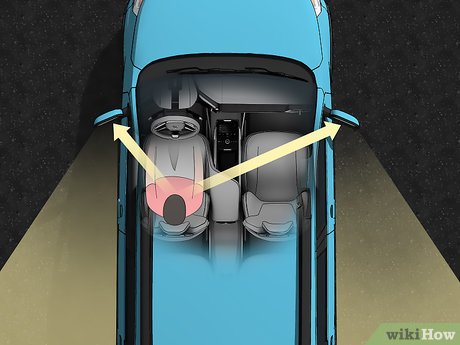
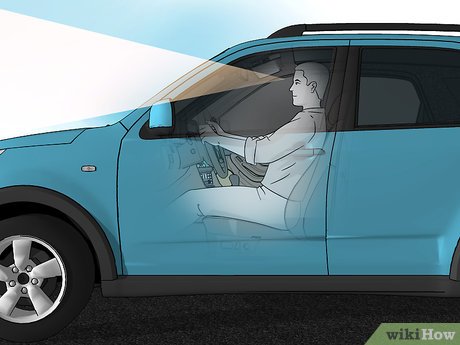

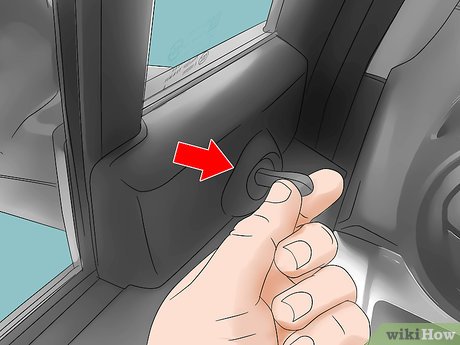
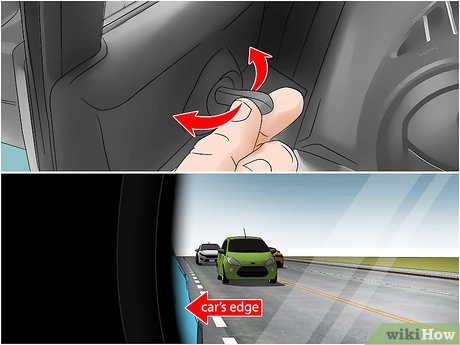
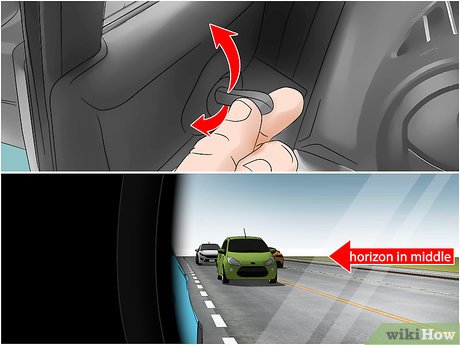
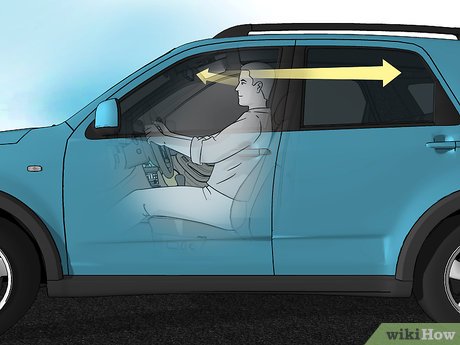
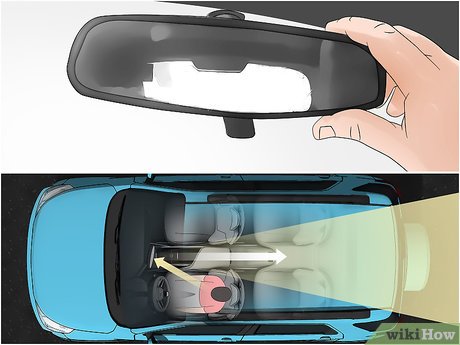
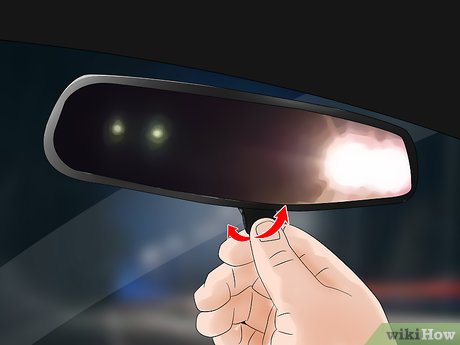
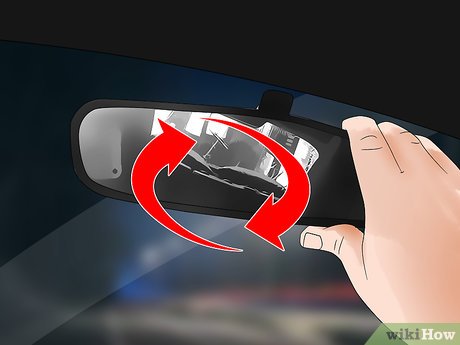










 How to Dehumidify a Car
How to Dehumidify a Car How to Calculate the Cost of Driving
How to Calculate the Cost of Driving How to Protect a Convertible
How to Protect a Convertible How to Drive a Semi Automatic Car
How to Drive a Semi Automatic Car How to Clean a Boat Water Tank
How to Clean a Boat Water Tank How to Register a Boat
How to Register a Boat